What is power generation?
Power generation is complicated but let’s try to keep it simple.
Power generation is a term used to describe electricity production using different types of technology—some, such as steam boilers, are more than a hundred years old and others, such as wind turbines, are newer. Actually, steam boilers and windmills are a lot older. They were initially invented to move machinery and crush grain and they still do but now they’re mostly used to make electricity.
Most power generating equipment produce electricity by spinning a mechanism in an alternator. How the mechanism is made to spin depends on what technology is being used.
How is electricity generated?
There is a lot of power being made in power plants and power generators. We said that a spinning motion is transmitted to an alternator and the alternator transforms the motion into electricity. How does that happen exactly?
An alternator is very much like an electric motor. Electric motors use electricity to spin a rotor. In alternators, it’s the reverse— instead of using electricity to create motion, alternators use motion to create electricity. In fact, many motors can function as makeshift alternators.
Alternators are made up of two parts: a stator and a rotor. The rotor spins inside the alternator and is designed to create a magnetic field. The stator is essentially a box made up of many copper windings wrapped around a hollow iron core. When the rotor spins inside the stator, its magnetic field rotates too, and that rotation create an electrical current inside the stator’s windings. That electrical current is collected and sent to the power grid.
How does a power generator work?
Power generators are small, self-contained power plants built around a reciprocating engine and an alternator. The engine and the alternator are usually combined into a single enclosure, which can be as big as a tractor trailer, or as small as a suitcase, depending on how much electricity is needed. Generators with engines suitable for different fuels are available—diesel, gasoline, biofuels, natural gas, and more.
Larger power generators are used in a wide variety of applications and industries. They can serve as primary power or as standby power. Military bases deployed in areas where there is no reliable power grid, for example, often rely on on-base generators for all of their electricity needs. At buildings where it is not acceptable to lose power at any time, standby generators are installed to provide power in case of a power outage. Data centers and hospitals are examples of buildings that require standby generators.

Types of power plants
There are many types of power plants involving different technologies: reciprocating engines (sometimes referred to as internal combustion engines), steam turbines, gas turbines, hydroelectric turbines, wind turbines, geothermal, nuclear, and more.
What are hydroelectric power plants and wind farms?
Hydroelectric power plants and wind farms are cousins in technology as they generate electricity using no fuel—just wind and water currents.
They also both use external spinning turbine blades to apply torque on the rotating shaft of an alternator. The Hoover Dam, for example, contains a well-known hydroelectric power plant that creates large amounts of electricity by harnessing the potential energy released by water as it flows through the dam.
For wind turbines, each tower has a set of turbine blades and an alternator that extracts the wind’s energy and converts it to electricity.
What are solar power plants?
Solar electricity is made in photovoltaic panels that use sunlight to activate the silicon cells that they contain. When photons from the sun hit the silicon cells, they knock out electrons from the atoms present in the silicon. The cells are designed in such a way that electrons can only travel in one direction. So, when the cell’s electron collector is connected to an electrical load, electrons line up to travel out of the cell and into the electrical load. In other words, an electrical current is generated.
Solar energy technology has expanded to concentrated solar plants with steam turbines. In some configurations, mirrors are set around a tower and the reflection is aimed at a receptor at the top of the tower. Think of it as using a magnifying glass to concentrate the sun’s rays to start a fire. The top of the tower has a steam boiler from which hot steam is piped down to a ground-level steam turbine.
What are geothermal power plants?
Geothermal power plants have pipes that go deep into the earth, where water is heated by the heat emanating from nearby magma. The water turns into steam and that steam is used by a steam turbine and alternator set to produce electricity. An example of water being turned to steam by geothermal activity is the many hot geysers at Yellowstone National Park in Wyoming.
What are gas-fired power plants?
In gas-fired power plants that rely on a gas turbine, the process goes like this:
- Air is drawn into a compressor where it is compressed.
- The compressed air is led into a combustor, where it is mixed with fuel and the air-fuel mixture is ignited.
- The pressurized gas resulting from the combustion causes the turbine blades to spin.
- As with reciprocating engines, the spinning motion is transmitted to an alternator which converts it into electricity.
Jet engines operate in a very similar way, the difference being that the torque spins fan blades and propels the jet.
What are diesel-fired power plants?
Diesel-fired power plants are relatively smaller in power generation capacity compared to other power plants. These power plants often use the reciprocating engines for power generation. These reciprocating engines are just like a car’s engine:
- Air enters a compressor as fuel is injected.
- A piston rises and lowers as the air and fuel mixture combusts.
- The piston is connected to a crank shaft that produces a spinning motion.
- The spinning motion is transferred to an alternator which transforms the motion into an electrical current.
Reciprocating engine-based power plants can actually burn a variety of fuels, including natural gas, heavy oil and more.
What are coal-fired power plants?
In coal-fired power plants the process goes like this:
- A fuel source is fired-up to heat water in a boiler.
- The heated water in the boiler turns to steam.
- The steam causes the blades of a steam turbine to turn
- That turning motion is transferred to the alternator, which creates electricity.
The process is the same in nuclear power plants, but water is boiled by the heat coming from the fission of uranium atoms, rather than the combustion of fuel.
Nuclear power plants and how they work?
In nuclear power plants, the process is the same with steam turbines, but water is boiled by the heat coming from the fission of uranium atoms, rather than the combustion of fuel.
Nuclear power plants house one or more reactors where nuclear fission takes place. Large uranium atoms are split apart to form smaller atoms, releasing a tremendous amount of energy in the process. The uranium is brought to the reactor in the form of uranium oxide pellets stacked together in sealed metal tubes called fuel rods. The fuel rods are inserted into a large vessel filled with water and pressurized—the reactor vessel. Once the nuclear fission is initiated, the fuel rods heat the water present in the reactor vessel, creating steam. This steam then goes on to spin a steam turbine and electric alternator set, creating electricity.
No fossil fuel is involved at any point in the process, so nuclear power plants don’t generate any carbon emissions. What they do generate however is lots of highly radioactive spent fuel rods, which nobody really knows what to do with.
There are about 94 nuclear reactors installed at 57 power plants in the United States and about 450 reactors worldwide, as of 2021.
Combined-cycle power plants
Steam turbines can piggy-back on gas turbines to make a “combined-cycle” plant that uses the waste heat from the gas turbine to make steam. The gas turbine’s exhaust heat now produces additional electricity. This is why combined-cycle power plants have better efficiency and higher output than simple-cycle power plants.
Benefits of different power generation technologies
Each type of power plant and power generation technology comes with advantages and drawbacks.
Nuclear power plants produce lots of electricity with very little fuel and almost no emissions, but nuclear waste is a major problem that has yet to be resolved.
Gas turbines generate less emissions and are more efficient than most steam turbine-based power plants but tend to be expensive to maintain. They also run best on natural gas, which is not available everywhere.
Reciprocating engines have great flexibility: they have a quick-start and quick-stop ability, and they can run on a variety of fuels, are very efficient, and relatively low cost to build and maintain.
Wind turbines and solar panels generate no direct emissions and require no fuel, but their output is variable and sometimes unpredictable—on a windless day, a wind farm will not generate a lot of electricity.
As the global desire for cleaner power generation and reduced emissions for future generations increases, the shift to clean, renewable energy continues to grow. With so many wind and solar farms on the power grid, it is important to have enough flexible power plants that can start and stop quickly to compensate for the variability of wind and solar power. Gas turbines and reciprocating engines are well suited for this and a popular option among power companies.
Energy sources for power generation
All power generation systems and power plants work by converting energy that is available in one form or another into electricity.
Solar panels and wind farms convert energy present in their environment—sunlight and wind—into electricity. Likewise, hydroelectric plants extract the potential energy of dammed water, or the kinetic energy present in rivers to generate electricity. Energy from the wind, sun and water is considered to be renewable because its source is constantly replenished, even if its availability depends on weather conditions.
Other power generation technologies require fuel as a source of energy. Just about anything that can be burned has been used as fuel to generate electricity. There are power plants that run on municipal trash, old tires, sewer gas, corn husks, industrial waste, etc. This said, most non-renewable electricity comes from fossil fuels, a category which includes coal, natural gas, and oil distillates such as diesel.
Biofuels are an increasingly important category of fuels because they are carbon-neutral. This means that when they burn, the carbon that they release did not come from a fossil source. Biofuels are made from organic materials, such as energy crops, agricultural by-products, or even used frying oil. Biofuels come in solid, liquid, and gaseous forms, leading to a variety of uses in power generation applications. Biodiesel, for example, is a widely used type of liquid biofuel.

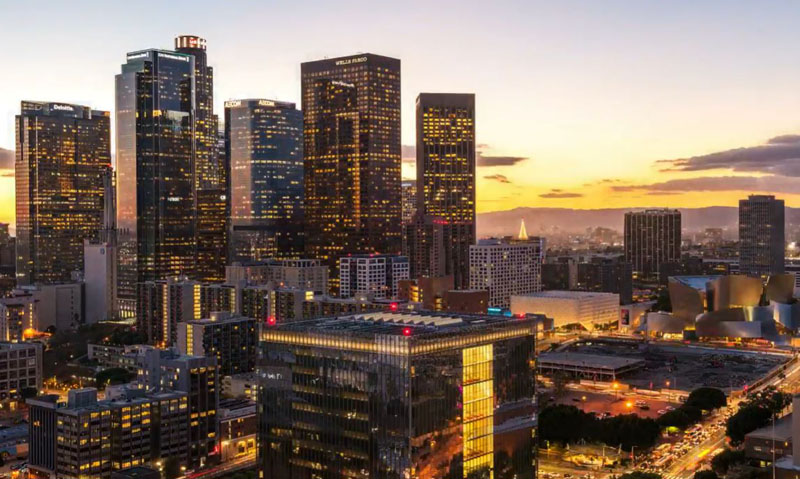
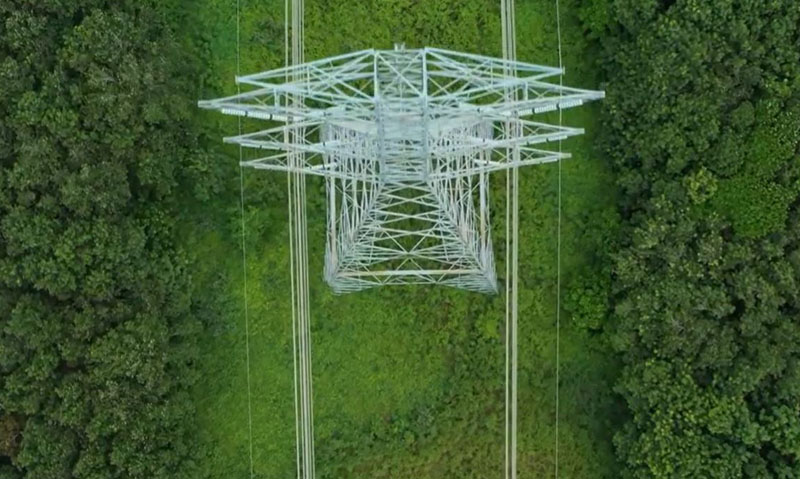
.png?itok=_JKe6EQT)
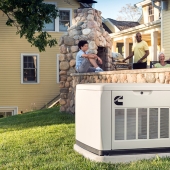
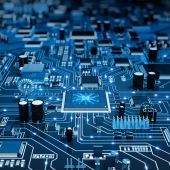
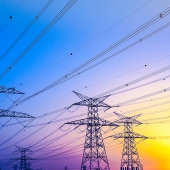

.png?itok=sQmtphay)